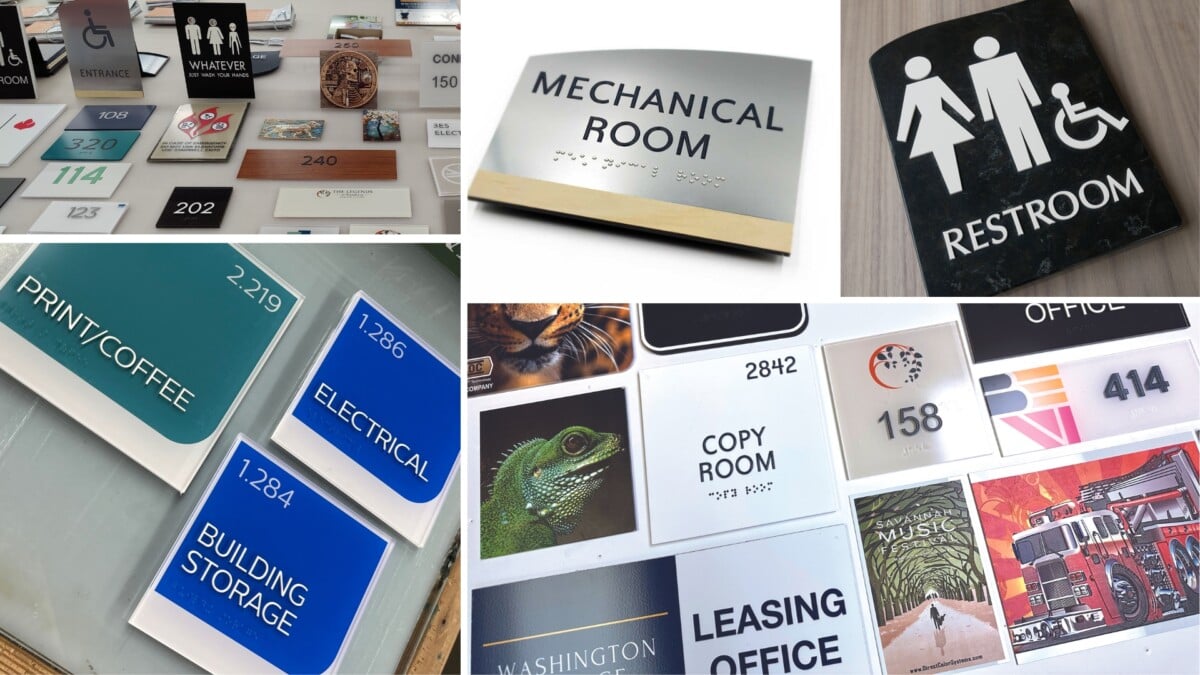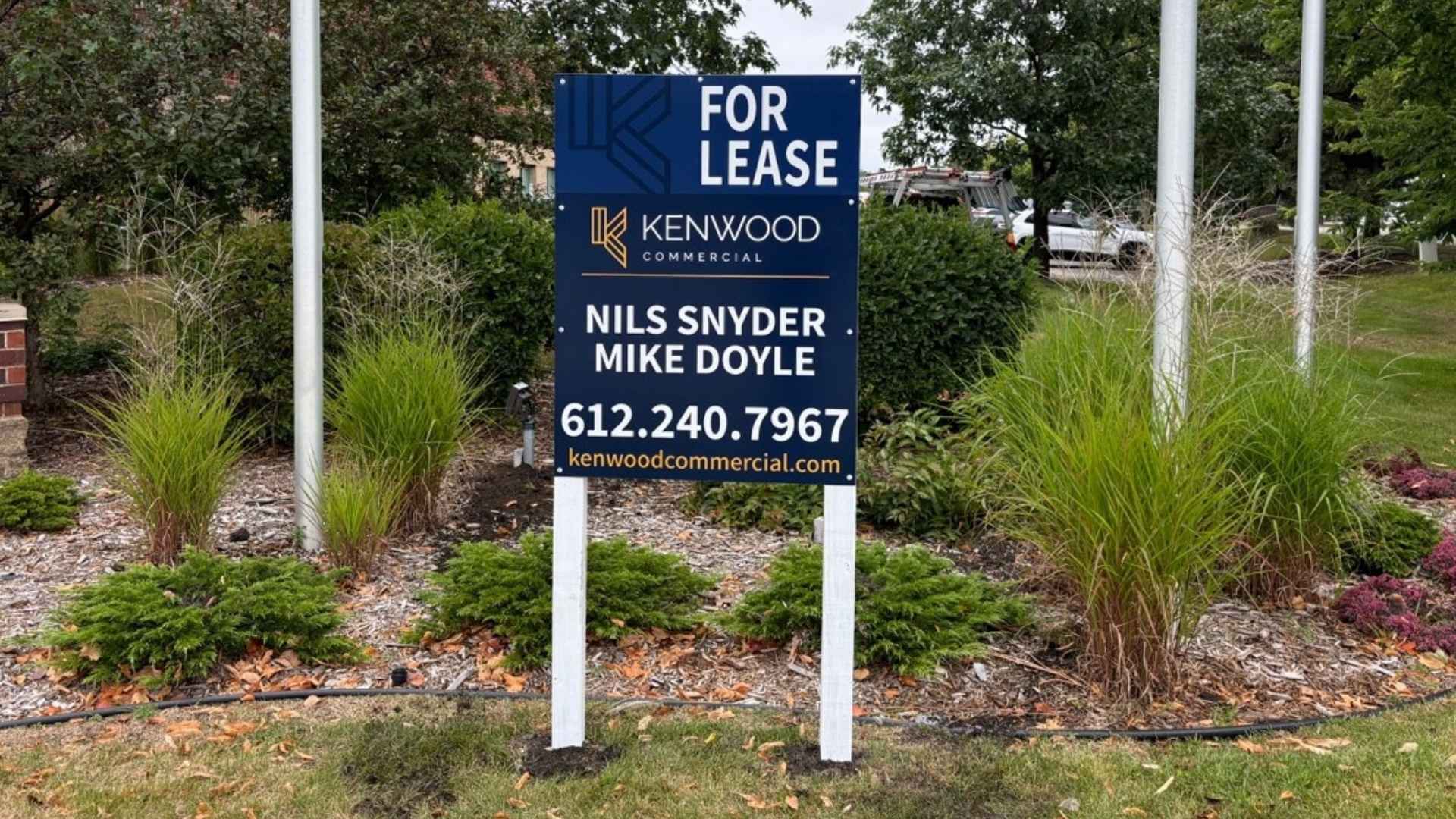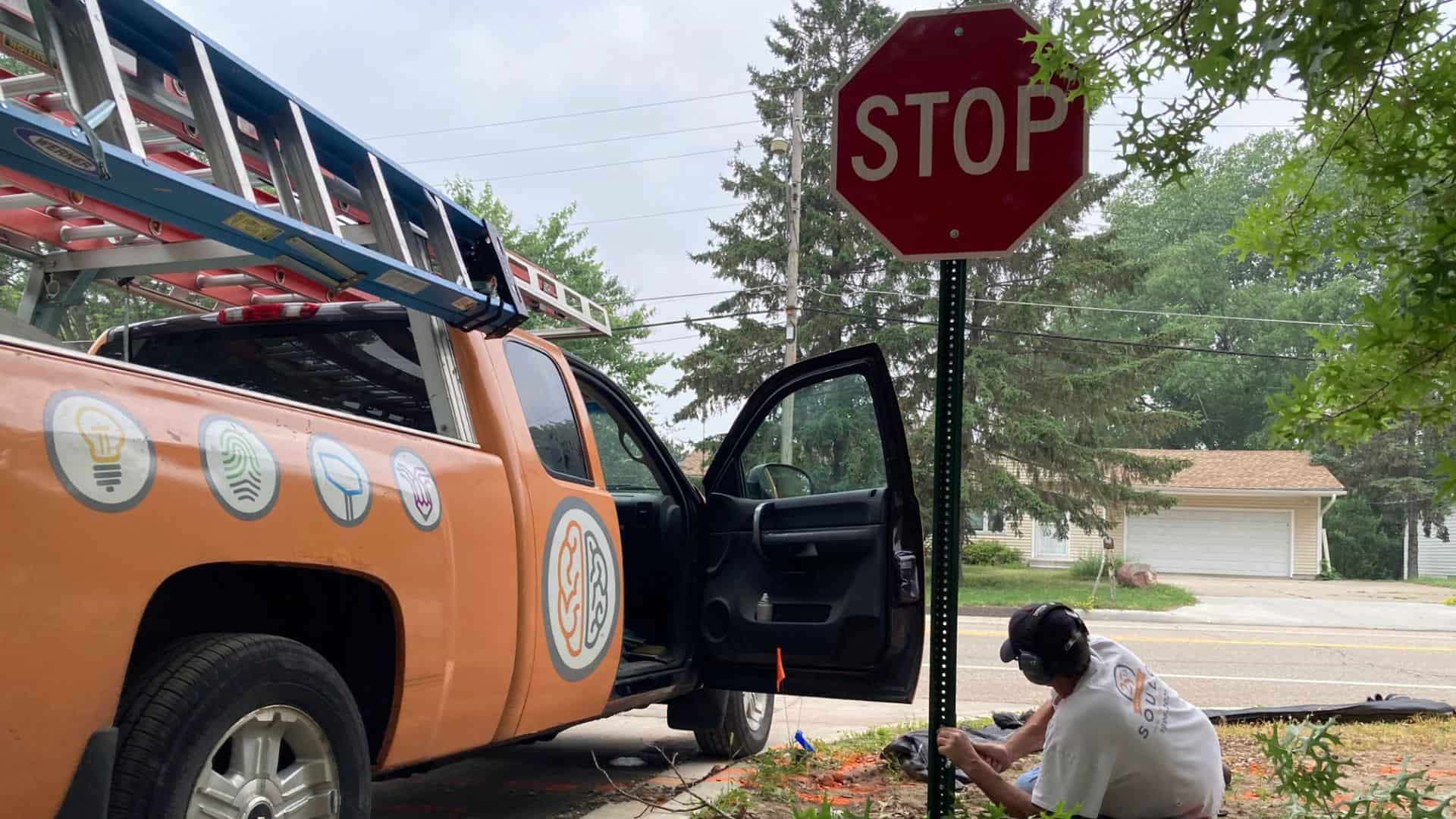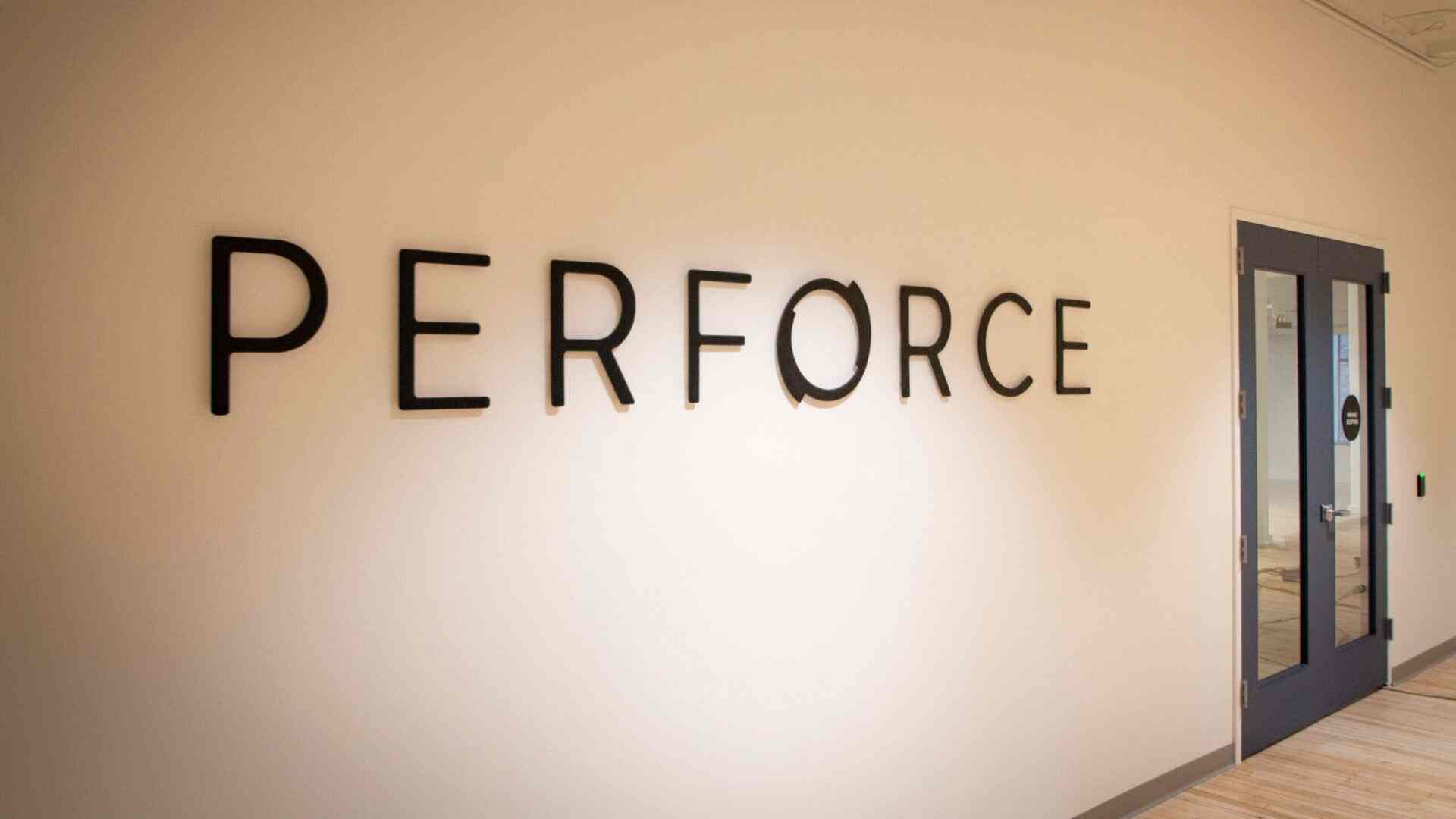What is ADA signage?
Simply put, ADA (Americans with Disabilities Act) signage is any sign that is designed with visual impairments in mind. This includes adding Raised Letters and Braille, appropriately identifying room names or numbers, and keeping the placement of signs consistent with ADA guidelines.
Why is it important?
When it comes to business signs, ADA signs are one of the most important to pay attention to. ADA helps remove barriers for people with disabilities. High contrast ADA compliant signs help ensure accessibility for seniors, the visually impaired and the blind.
According to government regulated ADA law, any permanent room or amenity that has a designated function should be appropriately labeled. For instance, restrooms, cafeterias, stairwells, elevators, and conference rooms should be labeled with their respective names, and rooms that may change functions, such as office spaces and lounges, should be numbered. When in doubt, give it a sign.
In addition to being legally required, ADA signs are common courtesy. Just as you’d expect a map saying “you are here” in a large shopping mall, ADA signage helps people navigate their surroundings.
What requirements do ADA signs have to meet?
- Signs should include both a visual and tactile display of the name or number. They can be displayed on the same sign or separated into multiple signs.
- The tactile displays (Room Name/Number and Braille) should be raised to a minimum of 1/32” above the surface of the sign.
- Signs must be placed on the handle side of doorways and should be hung 48”-60” from the floor.
- Signs must use good contrast between the background color and font color.
- Fonts must be uppercase and sans serif. Do not italicize or otherwise modify the font. San serif fonts include Calibri, Arial, and Helvetic. Serif fonts such as Times New Roman, Garamond, and script fonts like Monotype Corsiva should not be used.
- Character height must be between 5/8 and 2 inches.
- Signs must use non-reflective/non-glare materials.
This is not the full list of legal requirements, but this shows just how precise ADA signs need to be in order to comply with federal law.
How can this benefit a business?
ADA signage can be so much more than fulfilling a legal requirement. ADA signage offers businesses a chance to not only increase awareness of peoples’ surroundings with clear signage, but to support brand identity as well. Who ever said function couldn’t be beautiful?
An experienced signage company will be able to take the assets of your brand (fonts, logos, colors, and style) and turn them into eye-catching signs that are consistent with your company’s branding or compliment your interior designs. In addition to including familiar fonts and colors, ADA signs can be customized with unique finishes, graphics and shapes. From wood to acrylic, to metal and even photo-luminescent signs that glow in the dark, there are many ways to put a personal touch on ADA signage.
Where to order ADA signs?
There are a lot of requirements that need to be met when designing and installing ADA compliant signs. That’s why it's important to have your ADA signs done by experienced professionals who have the tools and the knowledge to make sure each sign is made exactly to spec.
At SOULO, we can help design and produce beautiful signs that both comply with ADA law and increase your brand’s presence. Whether you are starting from scratch or wanting to upgrade an existing property, our experts can work with you to identify key brand elements and incorporate them into your new signage.
SOULO is a full-service marketing and communications agency that helps client partners get the most from their projects through signage, printing, and digital marketing. Ready to get started? Contact us today!






